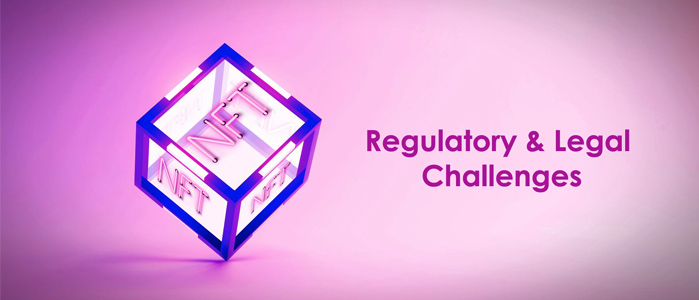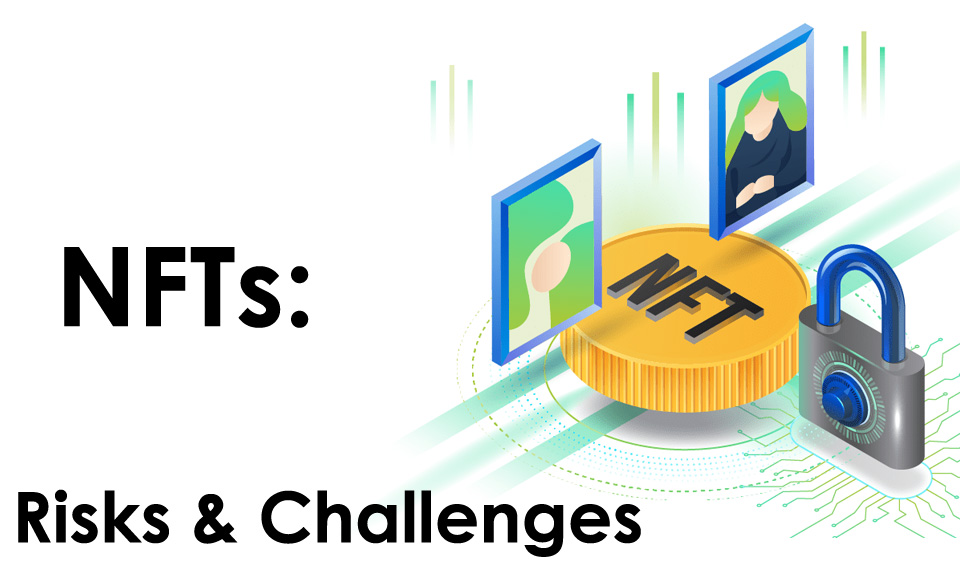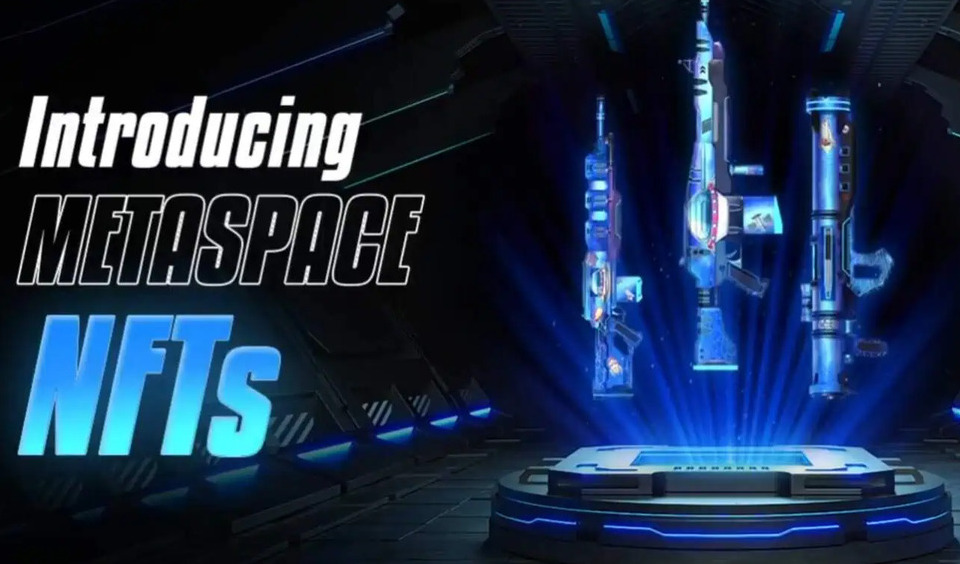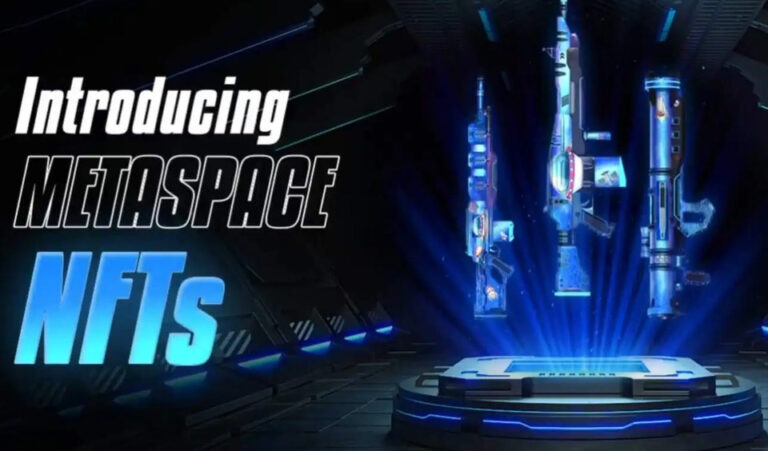NFTs are popular in the world of crypto and are also gaining high popularity across different sectors. They have made their way into several industries, including art, real estate, domain names, and music, among others.
Although the growth and prospect of NFTs are promising, it is crucial to be aware of the potential risks and challenges that are associated with them.
What are the Risks and Challenges of NFTs?
NFTs or Non-fungible tokens are a new kind of digital asset with high possibilities of uncertainty and radical fluctuation. Currently, they enjoy positive hype in the crypto community.
However, by their nature, they have inherent risks and challenges that holders and potential holders need to know. In this post, we will look at a detailed overview of these issues and how they impact non-fungible tokens.

-
Regulatory and Legal Challenges
NFT covers a wide range of digital assets and depends on certain traits. They are unique and not interchangeable. While it was initially free for all with no legal and regulatory backing, some regulatory approaches are now being put in place to refine the value of NFTs.
For instance, the proposed Markets in Crypto-Assets Regulation of the European Commission seek to provide a standard regulatory framework for non-fungible tokens. The existing legislative proposals under the UK and EU regulatory environments are at variance concerning the management of NFTs.
Singapore does not accept NFTs as legal tender and their classification in Japan depends largely on the ability to perform an economic function. The growth and expansion of NFTs into several use cases mean the laws and regulations should be able to adapt.
Unfortunately, many existing laws are yet to determine the classification and with the increasing number and variety of non-fungible tokens, it is becoming more difficult to establish a standard ground for its compliance.

-
IP Rights Challenges
The ownership rights of individuals about a specific NFT are also a strong point to consider. When you buy an NFT, it is crucial to know if the seller owns the piece. Many examples abound of people replicating NFTs photos or minted NFTs.
Based on intellectual property rights, buyers can only display the NFTs that they solely own. While the terms of an NFT ownership are detailed in the metadata of the associated smart contract, the limitations are clear in the service terms that users have to follow in NFT marketplaces.
Copyrights, patents, trademarks, right to publicity, and moral rights, are some important IP rights considerations that are yet to be fine-tuned, which are major issues for non-fungible tokens.
-
Cyber Fraud Risks
The staggering growth of NFTs and their popularity has given rise to an increase in associated fraud and cybersecurity risks. Non-fungible tokens risks include replica stores that imitate original NFT stores having the same content and logo as the authentic stores.
Many fake NFT stores sell off non-existing non-fungible tokens to unsuspecting buyers. Buyers also should be cautious of counterfeit NFTs or artist impersonation.
Many malicious agents impersonate popular NFT artists and sell off fake NFTs using their names. Other cybersecurity challenges and risks include replication of popular NFTs, fake airdrops, fake NFT giveaways, and copyright theft.

-
NFT Maintenance and Smart Contract Risks
This is another major issue in the non-fungible token landscape. Recent reports have it that a popular DeFi protocol, Poly Network, was attacked by hackers with about $600 million worth of NFT stolen in the process. This incident highlights the huge setbacks associated with smart contract security.
Hackers could exploit the vulnerability of the Poly Network platform to perform such huge attacks. The network offers its platform to users to swap tokens using various blockchain networks. Suffice to mention that about $300 million have been recovered from the hackers already.
Conclusion
These are four major risks and challenges that are associated with non-fungible tokens. As with everything in their growth stage, NFTs are also undergoing growth challenges and risks, which the industry hopes to overcome with time.






